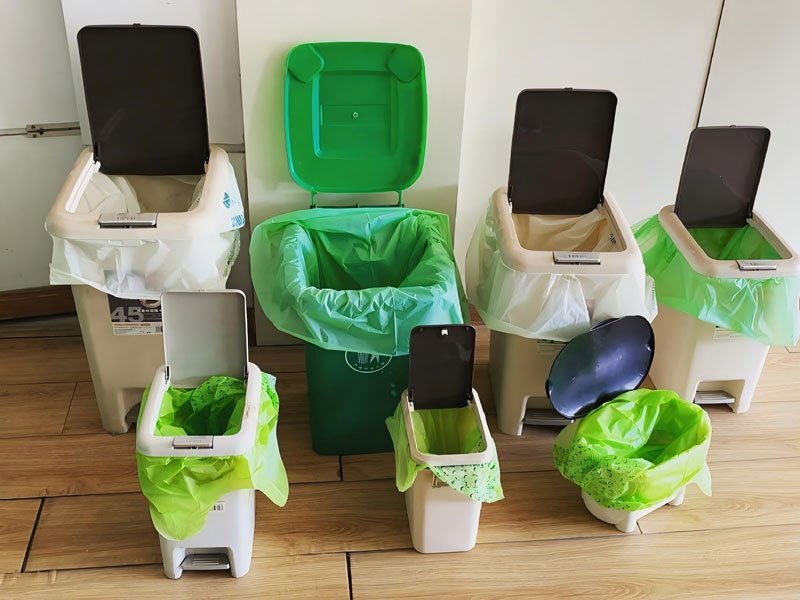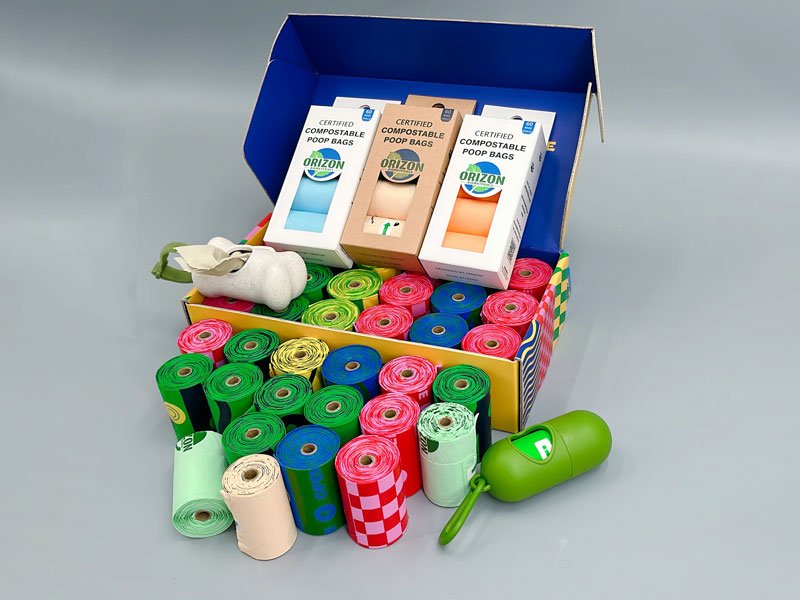As people's environmental awareness in modern society increases, the requirements for sustainable materials are also getting higher and higher. Polylactic acid (PLA), as a new type of biodegradable material, has attracted widespread attention due to its unique environmental performance and broad application prospects.
PLA can reduce dependence on traditional petroleum-based plastics, while significantly reducing environmental pollution, bringing new directions for sustainable development.
This article will deeply analyze the definition, characteristics, application fields and future development trends of PLA to help you have a deeper understanding of this popular and important green material.

What Is Pla & What Is PLA Material
PLA polylactic acid is a new type of biodegradable material, also known as polylactide. It is a polymer obtained by polymerization of lactic acid as the main raw material and belongs to the polyester family.
- Name: PLA polylactic acid, PLA
- Compound parameter details:
- CAS: 26100-51-6
- Molecular weight (PEG): 2000, 3400, 5000, other molecular weights can be customized or not provided.
- Molecular weight (PLA): Customized between 1000-60000, other molecular weights can be customized or not provided.
- Solubility: Soluble in conventional aqueous solutions and most organic solvents
- Stability: 12 months under low temperature drying conditions below 4°C.
PLA is not a plastic because it is made from plant starch, a bio-based polymer made from renewable resources such as corn and sugar cane. Unlike traditional plastics, which are extracted from petroleum. The production process and ultimate biodegradability of PLA make it an attractive alternative to traditional plastics.

What Is Made of Pla
The production process involves first converting plant starch into glucose, then converting glucose into lactic acid through fermentation, and finally converting lactic acid into PLA through polymerization.
- Starch to sugar: Starch is extracted from plants such as corn and converted into sugars such as glucose.
- Sugar fermentation to lactic acid: Sugars are converted into lactic acid using microbial fermentation.
- Lactic acid to lactide: Lactic acid is chemically converted into lactide, a cyclic diester.
- Lactide polymerization to PLA: Lactide is polymerized into high molecular weight polylactic acid by epoxy ring-opening polymerization.
PLA vs Traditional Plastics: What’s the Difference?
| Feature | PLA (Polylactic Acid) | Traditional Plastic (PET/PE) |
|---|---|---|
| Source | Renewable (plants) | Non-renewable (petroleum) |
| Compostability | Yes (Industrial) | No |
| Biodegradability | Limited | No |
| Recyclability | Very limited | Widely recyclable |
| Heat Resistance | Low (softens at 55°C) | High |
| Use Cases | Packaging, 3D printing | Bottles, films, containers |
Summary:
- PLA is better for the environment but not ideal for high-temperature or heavy-duty applications.
- It should not be mixed with regular plastics in recycling systems.
- PLA packaging must be disposed of in a composting facility to realize its eco benefits.
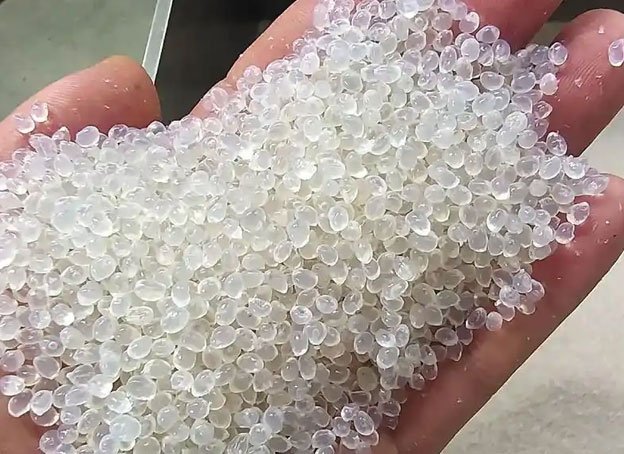
Properties of PLA
Physical properties:
PLA is a thermoplastic material with good processability and can be formed by extrusion, injection molding, 3D printing and other methods.
Its mechanical strength is similar to that of some traditional plastics and can meet a variety of application requirements.
The glass transition temperature of PLA is about 60 degrees Celsius, so its heat resistance is relatively poor.
Biodegradability:
The biodegradation of PLA needs to be carried out under specific industrial composting conditions. It can be quickly decomposed by microorganisms under an environment of 60 degrees Celsius and humidity above 90%.
In ordinary natural environments, the degradation rate of PLA is very slow, and it may even take several years to completely degrade.
Biodegradation and Recycling of PLA
PLA's biodegradability is one of its biggest advantages.
Biodegradation mechanism: Under composting conditions, microorganisms will decompose PLA into carbon dioxide and water.
Composting conditions: Appropriate temperature, humidity and microorganisms are the key to PLA degradation.
Recycling methods:
Industrial composting: PLA products are sent to professional industrial composting facilities for processing.
Biorecycling: An emerging technology that uses microorganisms or enzymes to decompose PLA and recycle its monomers.
The plastic classification symbol of PLA is.

PLA (Polylactic Acid) Advantages and Disadvantages
| Feature | Advantages | Disadvantages |
|---|---|---|
| Source | Renewable resources (corn starch, sugarcane) | |
| Environmental Impact | Biodegradable (industrial composting), lower carbon footprint | Requires specific industrial composting conditions |
| Processing | Easy to process (3D printing, extrusion, injection molding) | |
| Mechanical Properties | Moderate strength, stiffness | Can be brittle, lower durability compared to some plastics |
| Thermal Properties | Low heat resistance, softens at relatively low temperatures | |
| Applications | Packaging, 3D printing, medical, textiles | |
| Cost | Becoming more competitive | May be higher than some traditional plastics |
| Moisture | sensitive to moisture | |
| Recycling | Requires separate recycling stream |
Applications of PLA
3D printing:
PLA is one of the commonly used materials in the field of 3D printing. It is widely used in prototyping and model making due to its advantages such as easy printing, good molding effect and environmental protection.
Packaging industry:
PLA can be used to make food packaging, degradable compostable bags, disposable tableware, etc., reducing the pollution of traditional plastics to the environment.
Textile industry:
PLA can be made into fibers for the manufacture of textiles.
Medical industry:
PLA has good biocompatibility and can be used to make medical sutures, bone nails, etc.
Agriculture:
PLA can be used to make agricultural mulch, which is degradable and beneficial to the protection of the soil environment.
Other emerging applications:
With the continuous development of PLA technology, its application areas are constantly expanding, such as electronic product housings, automotive interiors, etc.
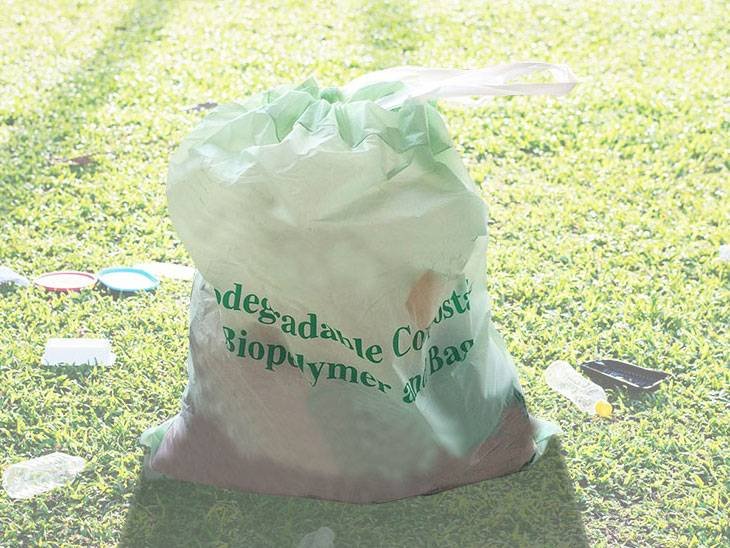
What Is the Difference Between PLA and PETG
PLA (Polylactic Acid) and PETG (Polyethylene Terephthalate Glycol-modified) are two very popular materials, especially in the world of 3D printing, but they also appear in other applications like packaging. They have distinct properties that make them suitable for different purposes.
| Feature | PLA (Polylactic Acid) | PETG (Polyethylene Terephthalate Glycol) |
|---|---|---|
| Origin | Bio-based (Plants) | Petroleum-based |
| Strength | High Rigidity, Good Tensile | High Impact Resistance, Durable |
| Brittleness | More Brittle | Less Brittle, More Flexible |
| Temp Resistance | Low (~60°C) | Higher (~80°C) |
| Ease of Printing | Very Easy | Moderate (Requires Tuning) |
| Warping | Minimal | Low to Moderate |
| Flexibility | Low | Moderate |
| Transparency | Moderate Potential | Good Potential |
| Chemical Resist. | Poor | Good |
| UV Resistance | Poor | Better |
| End-of-Life | Industrially Compostable | Recyclable (Check Locally) |
| Moisture Absorb. | Lower | Higher (Needs Dry Storage) |
PLA Certifications and Standards
To ensure you are buying high-quality PLA materials, always check for these internationally recognized certifications:
| Certification | Region | What It Means |
|---|---|---|
| ASTM D6400 | USA | Industrial compostability standard |
| EN13432 | EU | Compostability and disintegration test |
| BPI Certified | North America | Third-party compostability certification |
| OK Compost (Industrial) | Global | Compostable under industrial conditions |
These certifications guarantee that the PLA product will:
- Break down within 90 days
- Leave no toxic residues
- Support healthy soil regeneration
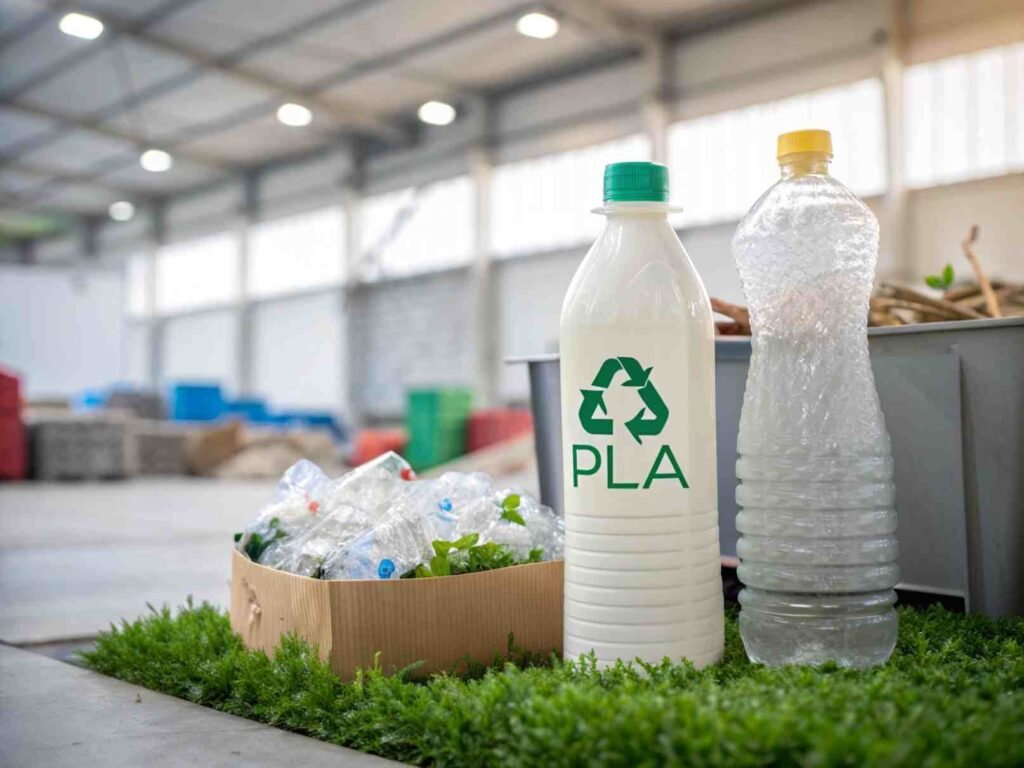
Environmental Significance of PLA
Reduce dependence on fossils: PLA's raw materials come from renewable plant resources, which helps reduce the consumption of fossil resources such as oil.
Reduce carbon emissions: The carbon emissions during the PLA production process are much lower than those of traditional plastics, which helps to mitigate climate change.
Reduce plastic pollution: PLA is biodegradable and can effectively reduce the pollution of plastic waste to the environment.
Is PLA compostable?
Yes, but under specific conditions.
Industrial composting: PLA is primarily designed for industrial composting. This means that it requires a controlled environment with high temperatures (usually >55-60°C), high humidity, and the presence of specific microorganisms to decompose into CO2, water, and biomass in a reasonable amount of time (usually months). Many PLA products that meet the EN 13432 or ASTM D6400 standards fall into this category.
Home composting: Most PLA products do not decompose effectively in a home compost bin. Home composting is typically cool and erratic, lacking the conditions required for industrial composting facilities.
Landfill: PLA degrades very slowly in a typical anoxic landfill, likely taking decades or even centuries, similar to conventional plastics.
Natural environment: PLA also degrades very slowly if disposed of in soil or the ocean, creating a persistent pollution problem similar to conventional plastics.
Key point: PLA’s “compostability” relies on the existence of an industrial composting infrastructure to collect and process it. In many areas, this infrastructure is lacking.

Conclusion
As a biodegradable material made from renewable resources, PLA is of great significance in reducing environmental pollution and addressing climate change. Although PLA still has some limitations, with the continuous advancement of technology and the continuous expansion of its application fields, it will play an increasingly important role in future sustainable development. Let us look forward to the green future brought by PLA!
FAQ
Is PLA safe for food packaging?
Yes. PLA is widely used in food containers, cups, and compostable utensils. It is food-contact safe.
Can I compost PLA at home?
Not usually. PLA requires industrial composting conditions. Most backyard compost bins are not hot enough.
Is PLA recyclable?
Technically yes, but most recycling systems do not accept PLA due to contamination risks. It must be collected and processed separately.
Is PLA microwave or dishwasher safe?
No. PLA softens at low heat and can warp in microwaves or dishwashers.
Where is PLA commonly used in business?
Eco-packaging, foodservice containers, 3D printing, and medical devices are the top industries using PLA today.


